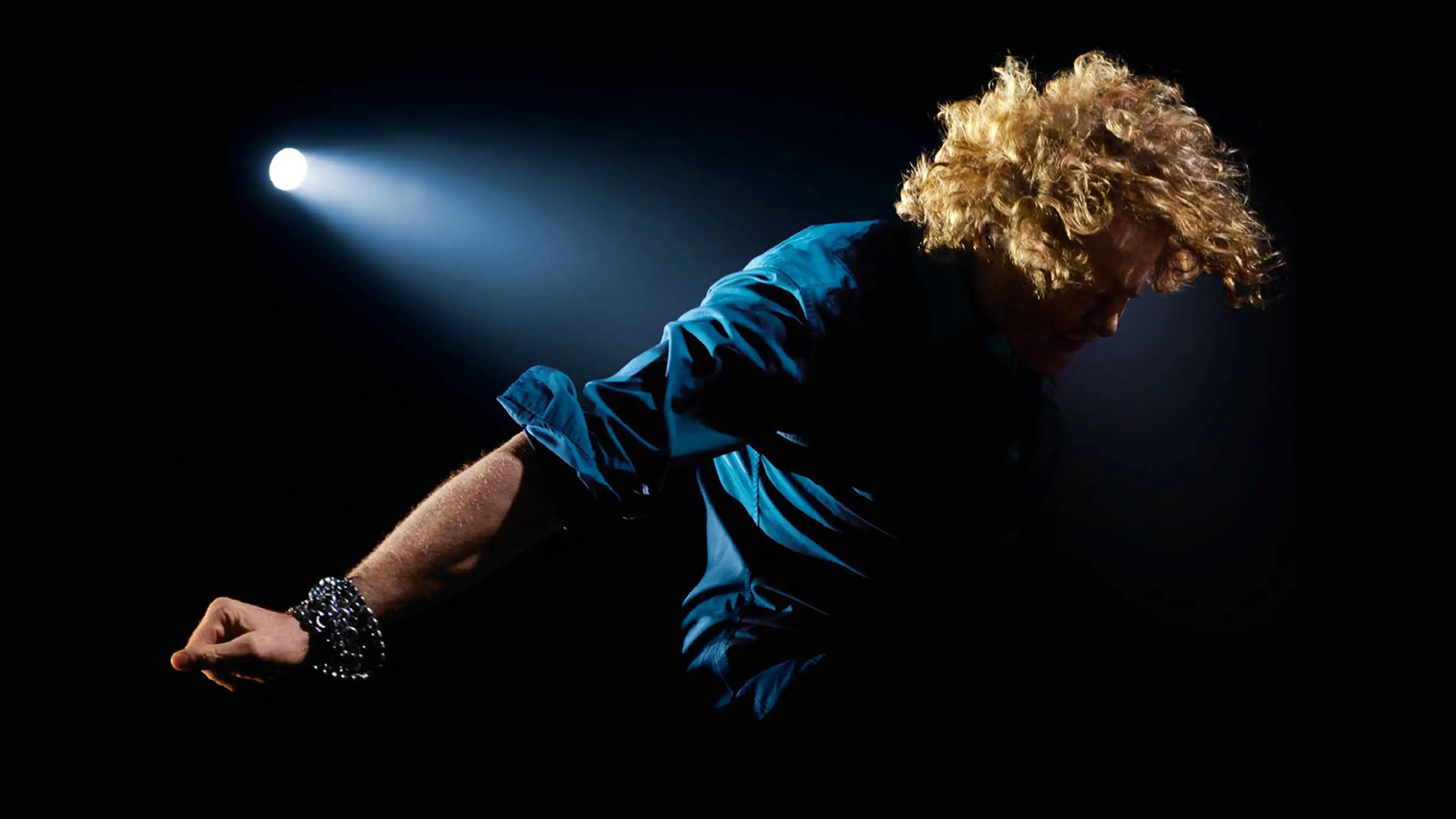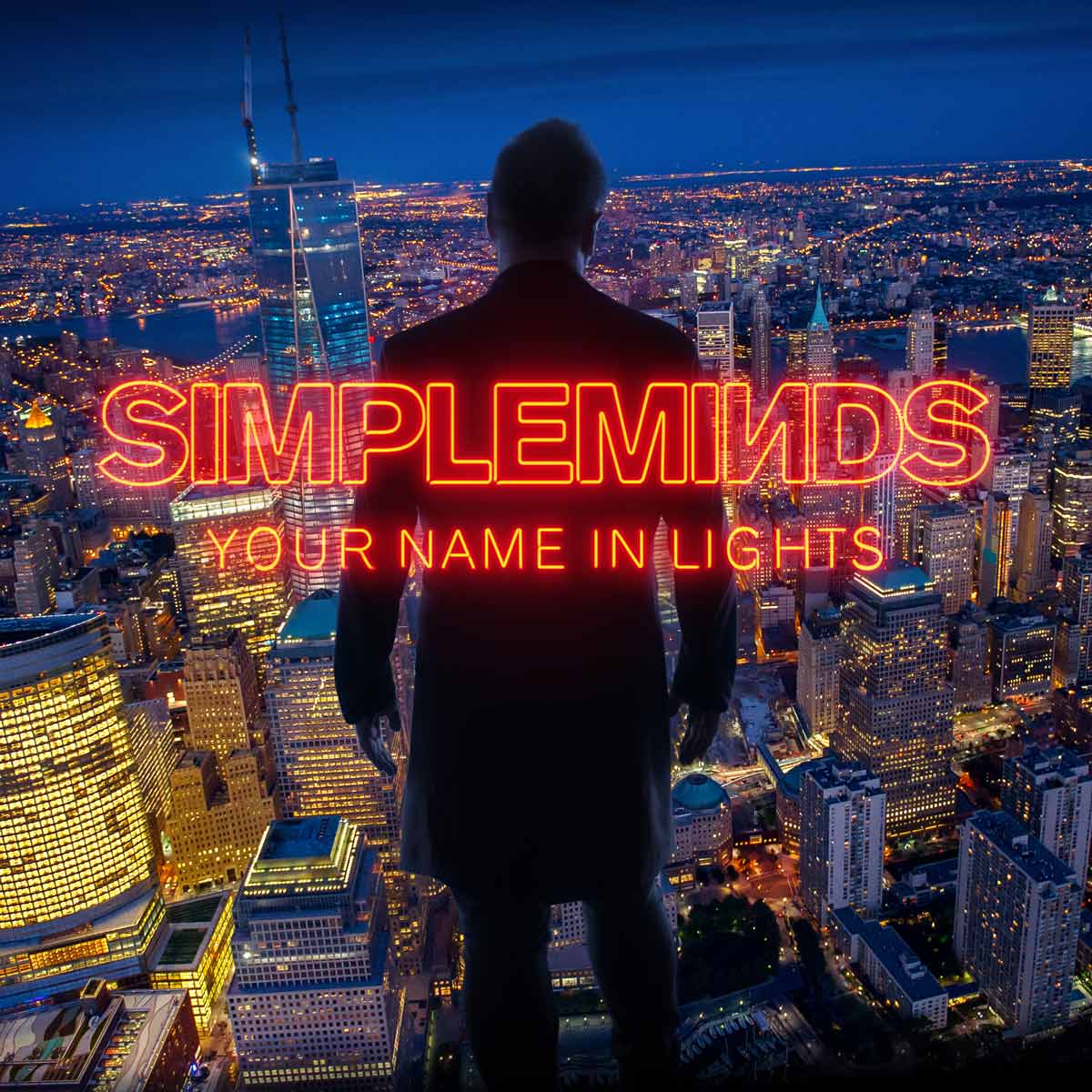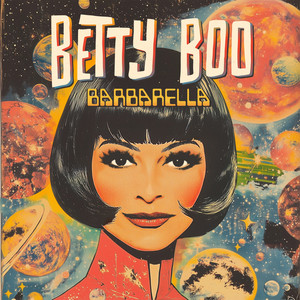Recording 'American Soul' by Mick Hucknall
One of the tests for any long-time record producer is handling change and transformation, both in the overall musical climate and within the career of an established act. When multi-million sellers Simply Red announced their decision to disband in 2010, after twenty-five years, the question for a legion of loyal fans, and for the Simply Red production crew was – what next?
Andy, a regular Simply Red producer and collaborator talks about how the album American Soul proved to be the perfect evolution for one of pop’s most memorable voices.
Evolution not revolution…
How did the idea of an album of covers came about?
AW: Well, the idea originally came from a conversation between Ian Grenfell (Mick’s manager) and Seymour Stein, the famous A&R man and record company executive. Stein suggested Mick do an album of covers, a bit of a take on The Great American Songbook. Stein had a list of around 160 titles, anything from Do-wop to Motown – all sorts of stuff that he thought could work. I was on holiday at the time, but decided to make it my business to work through Seymour’s list on Spotify, listening to all the tracks for possible candidates.
I distilled it down to fifty, and then again down to around twenty five – then sent it to Ian to check out. He whittled it down further to about eighteen. When I approached Mick with the list, he took one look and said, “Well, I like nearly all of them. I know them all, so that’s fine. Let’s do those.” So that’s how you arrived at a list?
AW: Yeah, but actually although we picked a few of them at the start, as Mick got more and more into the content and bought in to the whole idea, he started saying “Oh I’ve got a good idea for a tune we could do,” and he’d bring stuff to the table, such as Turn Back the Hands of Time, which was great. So the way the choices came together was pretty organic?
AW: Yeah, a lot of things grow like this in Rock and Roll. Plans are rare, and even when there are plans in place, they often get abandoned in favour of other things. With American Soul, there was a whiff of a project there at the beginning – but that’s really all it was at the time. Originally the plan was to record it with American producers, but Mick decided he would prefer to do it with me. I think Ian also felt that if Mick went off to record it in America with people he didn’t know, he’d just turn up and sing, whereas he’d be better to be more involved and invested – so that’s how it started. I was really excited about the concept of doing a covers album with Mick because the one thing that’s undeniable is that he’s a fantastic singer.
There were factors at the beginning of American Soul that had a bearing on where he was musically at the time. He’d been singing live with The Faces so he was very much in that mode when he started his own solo album. He was really enjoying everything retro and his version of I’d Rather Go Blind was one of the songs he was performing. The Faces used to do the track with Rod Stewart and when I saw Mick perform it live I thought, “wow, that’s amazing with him singing it.” So when we were discussing repertoire for the album I said, “Mate, you’ve got to do I’d Rather Go Blind.” I think it’s one of the most powerful moments on the record. It’s a great version, I love it.
The recording process…
You’ve been recording Mick as a singer for years – how do you draw good performances out of him? Do you have a working method, a routine that he likes?
AW: We’ve developed a process that’s really worked well for us over the years. I build versions of the tracks initially and then take them to his house to record the vocals in his home studio.
Is there a Mick microphone?
AW: It’s a vintage Telefunken 250 chained through a vintage Urei 1176. Adrian Hall has been our engineer at Mick’s studio for some time now. He’s sets the microphone up in Mick’s games room, and there’s a camera which sends images to us via a monitor in the control room.
So he can’t see you?
AW: No, he can’t see us. When it’s vocal time he’ll let me know he’s ready just in a very no-fuss kind of way, like, “I’ll go and sing it then.” I’ll take the producer’s chair, there’s only one in front of the desk and it’s either him in it or me. Next, he’ll go in, Adrian will have the track already lined up, I’ll hit the talk-back and ask, “Are you there?” and we’re off. He’ll sing, and if it’s an easy take for him he’ll say, “Have you got what you need?” And I’ll usually say “No, I haven’t,” because I like to get three takes from him, minimum.
So he’ll do an entire pass?
AW: Yeah, he’ll do an entire pass. If he understands the song, he’ll sing good on the first one, even better on the second one, great on the third one and so then I’ve got the first two to edit any mistakes from. If we’ve really not got it by then, I’ll come back and we’ll do it again. It’s very rare though, he’ll usually nail it. Then I edit and render the vocal fixing any small issues as I go. My agenda for recording vocals is to get a minimum of three takes if not four. On occasions he can be quite confrontational so you have to be very calm, very cool. I’ve recorded him a lot and I think the reason it works is I don’t come in with any kind of negativity, I say “Great take, let’s do another”. He knows when he hasn’t done something right and he’ll wind back and fix it. If he’s messed up a line by singing it incorrectly, he can’t quite reach a note or he’s come back in in the wrong place after a pause, then he’ll fix it.
He comes across like he’s in really good form.
AW: He’s in great form. With these songs he knew most of them pretty well and he sang with such urgency, just for the joy of it, it wasn’t really that difficult for him.
Were there any guest players in the band personnel on the album?
AW: The body of playing was done by Simply Red regulars Dave Clayton (Keyboards), Kenji Suzuki (Guitars), Roman Roth (Drums) and Jack Stevens (Bass). In Addition, the string arrangements were written by Peter Vetesse.
What about the stuff recorded at Abbey Road? The strings and horns?
AW: The horns were recorded largely at Sphere whilst the strings were done at Abbey Road. Peter Vetesse wrote most of the string arrangements, apart from a couple that I did myself. Peter does very good demos of his arrangements but given the chance both he and I would always prefer to use the real thing. On American Soul we had a twenty-four piece section in at Abbey Road 2, which is my first choice for orchestra sessions if the budget allows. Jim McWilliam usually orchestrates and conducts the arrangements for me and I always work with the London Session Orchestra. I run the sessions fully and oversee everything myself as I can read the music from the score well enough, and I know exactly how I want it to sound. Gavin Goldberg and I are stationed upstairs in the control room with him at the desk engineering and me looking down at the orchestra with the score in my hand, communicating with Jim and Everton Nelson (the Orchestra Leader) – that’s generally how the sessions happen.
How does it change things when you’re working at Mick’s studio? When you’re working at Sphere or Abbey Road it’s very much your environment, but if you’re working at the studio of an artist, whether it’s Mick or someone else, how does that change things for the producer?
AW: When I’m working on Mick’s material without him there, I will usually take the lead and try and push things forward in a way that I think will appeal to his musical sensibilities. It’s no different if I’m working at Mick’s house, but you do have to remember it’s his space. All decisions become collaborative in this instance purely because he is there to take part in the discussion. On the plus side it’s only about a hundred steps for him to walk down and get to his studio, so he’s very comfortable, very relaxed.
How did Mick respond to your ideas for the songs?
AW: Really positively. There was only one direction he wasn’t keen on and that was Please Don’t let Me Be Misunderstood. We collaborated on a new version at his home studio which went on to be a clear favourite for both of us.
One left-field song choice was the Anthony Heggarty track, ‘Hope There’s Someone’. How did it end up on the record?
AW: The original brief for the record was a covers album, not American Soul, so this track choice wasn’t so off message. We also recorded Heart of Gold by Neil Young but didn’t use it because it didn’t quite fit. The Anthony and The Johnsons track didn’t quite fit either, but Ian had talked about doing it years before and I still had it in my mind as a really exciting song to cover.
Track talk…
That’s How Strong My Love Is: This was the first song that we did. Gavin and I were sat in the studio at Sphere just talking about the record and this was the first thing we came up with. Weirdly enough, we struggled to get that one just right.
Turn Back The Hands of Time: This was one of Mick’s last minute additions. He had played it to me years before and pulled it out of his record collection when we were already nearly finished. A 1970s R&B classic, originally by Tyrone Davis. Very old school, I really like the end result.
I’d Rather Go Blind: This was the track he did with The Faces, and I just loved it. It’s a brilliant version and there’s this really cool stop in the music where he just goes hell for leather. Combined with Peter Vetesse’s beautiful arrangement, it’s just great. When I first heard Peter’s arrangement it was on an MP3 he’d sent me, and there’s a bit in it where the strings swell big along the way and it just brought a tear to my eye – absolutely brilliant. Peter played the organ on the song and the organ solo too, as well as doing all the backing vocals. All that soul gospel BV when the song finishes, that’s all just Peter, too.
Lonely Avenue: I came up with this arrangement in the last minutes of sleep. That doof, doof, doof rhythm track was slightly influenced by I Pity The Fool, a track we did on the Tribute to Bobby Bland record. I think we gave the track a sort of dark spirit that really works. I Only Have Eyes For You : I adored the song anyway and I really love this version of it. Peter’s arrangement is the key ingredient and Mick’s vocal is very touching.
Tell It like It Is: A great song performed originally by Aaron Neville. This was one of the titles featured on the Seymour Stein list. It’s a beautiful performance. Almost entirely Mick’s first take…I know he loved the song and the arrangement inspired him. Baby What You Want Me To Do: It was Mick’s idea to do this track. I think he chose it because of the stuff he was doing with The Faces at the time, and wanted to try something a bit more rootsy. It became the opening track for the live shows.
The Girl That Radiates That Charm: This was a track that none of us really knew, by Arthur Alexander an early ‘southern soul’ pioneer. One of Mick’s obscure quirky selections. I recorded this track with Geoff Holroyde on drums, Patrick Murdoch on guitar (who went on to tour the album with Mick), and Vezio Bacci on Bass. There was no other reason other than that it was a last minute addition and I had the band set up for something else and it sounded like it might work for this track.
Let Me Down Easy: This is a great Betty Lavette track that Mick played to me a couple of years earlier. Paolo Nutini covered it more recently but I think I prefer ours!
Don’t Let Me Be Misunderstood: This was one of Mick’s ideas, and as I mentioned before, he’d championed a different version to mine, and that’s what we came back to in the end.
It’s Impossible: Again this was Mick’s idea and the finished version with Peter’s arrangement is just astonishing.
That must have been a song that was hard to find a new take on, because it’s already been done well so many times. Was it a tough song to approach?
AW: The way I approached it was to have Mick sing along with the original by Perry Como. I then took the vocal and gave it to Peter to come up with an arrangement. I added very little after this.
Do you judge the album an artistic success?
Very much so. One of my favourites. It was a firm favourite at Radio 2 with all 4 singles making either ‘Record of the Week’ or A-Listing. The Album was also made Album of the Week on Radio 2 which meant that it got spot played throughout the week on various shows. I was delighted by this reaction and really enjoyed seeing the songs come to life on stage. I’m sure it’s seen as a success by Mick and his fans.






